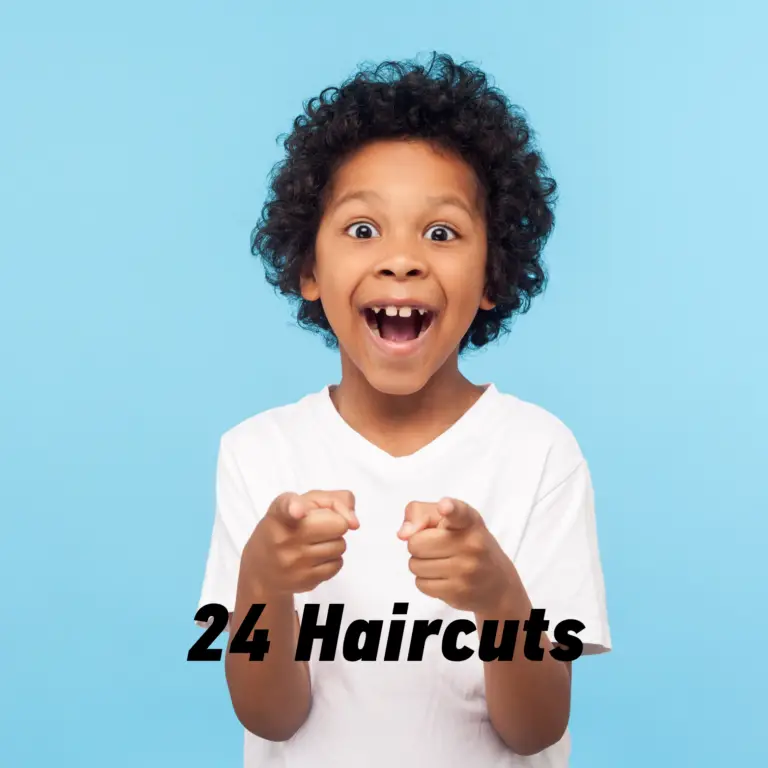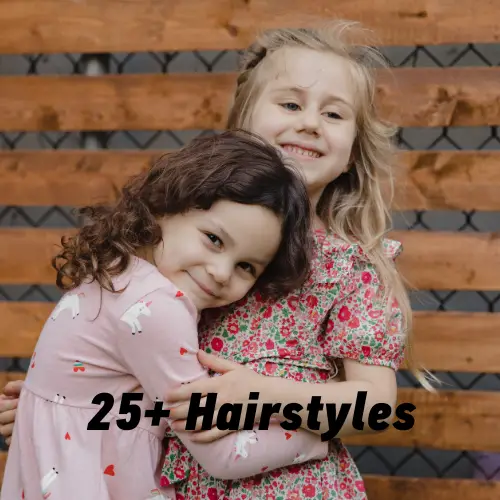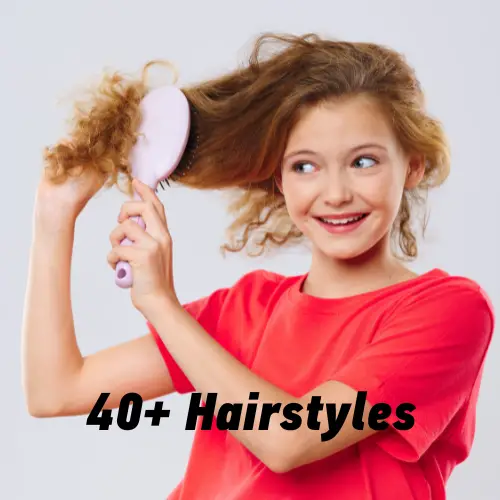Snack time can be tricky, especially when deciding ‘What Age Can Kids Eat Popcorn’. Our article breaks down the recommendations and safety tips for introducing this treat.
Understanding the Risks of Popcorn for Young Children

When you think of popcorn, you might picture fun movie nights, but for young children, popcorn presents significant choking hazards. It’s crucial for you as a parent to be aware of the risks before offering popcorn to your little ones.
Identifying Choking Hazards
Popcorn, while a popular snack, is notorious for its choking risks in young kids. This is because popped kernels can easily get lodged in a child’s airway, blocking it and leading to choking. The kernels can be difficult for children to chew properly and the risk isn’t only with whole kernels; partially popped or “old maids” can be just as dangerous. Additionally, the fluffy parts of popcorn can form a plug in the throat, making it tough for a young child to dislodge without prompt, appropriate intervention.
Age Recommendations by Health Experts
The American Academy of Pediatrics advises that children should not eat popcorn until they are at least 4 years old. At this age, most have developed the necessary chewing and swallowing skills to handle such hazards safely. Even then, it’s important to supervise your kids while they eat popcorn to quickly address any potential incidents of choking.
Alternatives to Popcorn for Younger Kids
For those under four, consider offering safer snack options that pose fewer choking risks.
- Softer snacks, like cheese cubes or small pieces of soft fruit, can satisfy the need to munch without the same risks.
- Rice cakes or puffed grain snacks designed for toddlers can be a safe popcorn-like experience.
Always stay close while your kids are eating, even with these alternatives, to ensure their safety.
How to Safely Introduce Popcorn to Older Children

Introducing popcorn to your child should be done with caution, ensuring it’s both safe and enjoyable. Proper preparation and attention to textures and sizes are crucial.
Preparing Popcorn for Children
- Choose air-popped popcorn over microwave varieties to avoid excess oils and fats, making it a healthy snack choice.
- Ensure popcorn is free of unpopped or half-popped kernels, which can pose a choking hazard, especially for young children who are still developing mature chewing and swallowing skills.
- Keep seasonings simple and light to prevent the popcorn from becoming too dry, which can be difficult for children to manage.
Appropriate Textures and Sizes
- Offer popcorn in small, manageable portions to facilitate easier handling and eating.
- Avoid combining popcorn with potential choking hazards like candy, nuts, or gum, even if it seems like a fun mix for movie nights.
- For children who may not be ready for popcorn, consider snacks with a similar texture but a safer profile, like rice cakes or puffs.
Always supervise your child while they’re eating popcorn to monitor their chewing and ensure safety. If in doubt about when to introduce popcorn to your child, consult your pediatrician for personalized advice based on your child’s development. Remember, even for older children, introduce popcorn slowly and encourage eating in moderation to maintain a balanced diet that includes plenty of fiber.
Health Considerations and Benefits of Popcorn

When considering popcorn as a snack, it’s essential to balance its health benefits with any potential concerns – especially for children. We’ll explore what makes popcorn a healthy option and address common dietary worries.
Selecting Healthy Snack Options
Popcorn can be a nutritious snack when prepared the right way. Air-popped popcorn is low in calories and contains no saturated fats. It’s a whole grain, which is a good source of fiber, helping you to feel full longer. Checking the nutrition label on popcorn packages is a good habit to ensure you’re choosing options with lower salt and oil content.
- Health Benefits:
- Fiber: Aids in digestion and supports overall gut health.
- Antioxidants: Contains polyphenols which help neutralize harmful free radicals.
- Nutritious Popcorn Alternatives:
- Vegetables: Baby carrots or snap pea crisps serve as crunchy, nutritious snacks.
- Cheese: Lower in calories and can provide protein and calcium.
Addressing Common Allergies and Concerns
Not all snacks are safe for every child, and popcorn is no exception. It’s essential to be aware of any allergies your child might have. Popcorn does not typically contain common allergens like nuts or dairy, but cross-contamination can occur. Symptoms of food allergies can range from mild reactions to severe ones that may require a visit to the emergency room.
- Identifying Symptoms:
- Mild: itching, hives, or stomach pain after eating.
- Severe: difficulty in breathing or swallowing, which is a medical emergency.
- Safe Alternates for Allergen Concerns:
- A substitute for children with allergies might be peanut butter puffs, provided there’s no peanut allergy.
- Look for popcorn alternatives clearly labeled as ‘allergen-free’.
Frequently Asked Questions
Before introducing popcorn to your child’s diet, it’s crucial to understand when it’s safe and how to mitigate any potential risks. These FAQs guide safely giving popcorn to children.
At what age is it safe for children to start eating popcorn?
Popcorn should be avoided for children until they are over the age of four due to the high risk of choking. Younger children’s chewing and swallowing abilities aren’t fully developed, making it risky to handle popcorn. For more detailed guidance on this, visit Yummy Toddler Food.
What are the risks associated with toddlers eating popcorn?
Toddlers are at a high risk of choking on popcorn kernels. Popcorn can get lodged in a child’s airway because of its size and shape, which can lead to difficulty breathing and may require immediate medical attention. Learn more about these risks at Chef’s Resource.
How can I prevent my toddler from choking on popcorn?
The best way to prevent choking is to wait until your child is older and avoid giving them popcorn before they’re ready. Once they’re old enough, ensure that they eat slowly and chew thoroughly. Supervision is crucial while your child is eating. For alternative snacks and safety tips, Romper has resources that might help.
What should I do if my toddler inhales popcorn?
If your toddler inhales popcorn, seeking immediate medical attention is essential. In the meantime, you can follow the first aid procedures for choking, such as back blows and abdominal thrusts if they are effective for your child’s age and size.
Why is popcorn considered a choking hazard for young children?
Popcorn is a choking hazard due to its irregular shapes and the presence of partially popped kernels. These can easily become lodged in young children’s smaller airways, making it difficult for them to breathe.
What alternatives to popcorn are safe for young kids to snack on?
There are several safer alternatives for young kids to snack on, such as pea crisps, softer crackers, and puffed grains. Today’s Parent explains why foods like these are a better choice for toddlers’ developing chewing and swallowing skills.







Your article helped me a lot, is there any more related content? Thanks!